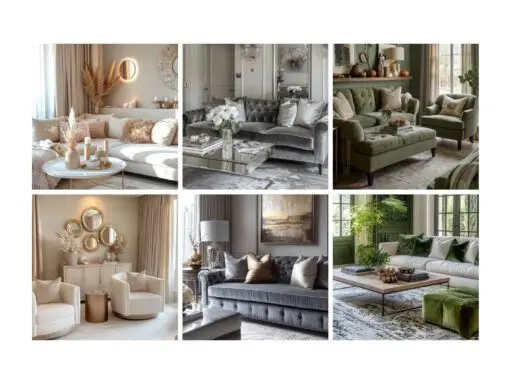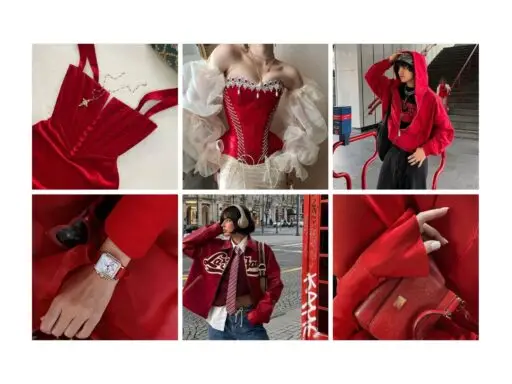Color is more than just a visual experience; it profoundly influences your mood and behavior. Understanding how colors affect your feelings can empower you to optimize your environment and make better choices in both personal and professional settings. From calming blues to energizing yellows, each hue carries unique psychological effects that can enhance your well-being.
As you navigate through this article, you will discover the fundamental principles of color psychology and how specific colors can evoke certain emotions. By exploring the connections between color perception and behavioral responses, you’ll gain insights into how to harness these concepts in your daily life. Whether you’re redecorating a room or selecting an outfit, the right colors can make a significant difference.
Exploring the evolving trends in color dynamics can also help you stay in tune with what resonates with you and those around you. You will find practical applications and tips to incorporate color psychology into your routines to create a more fulfilling atmosphere.
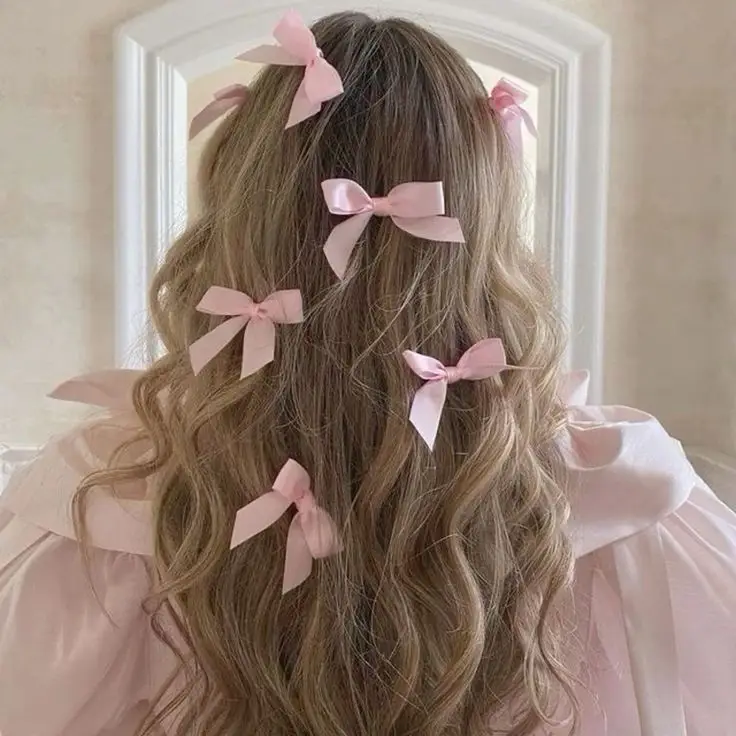
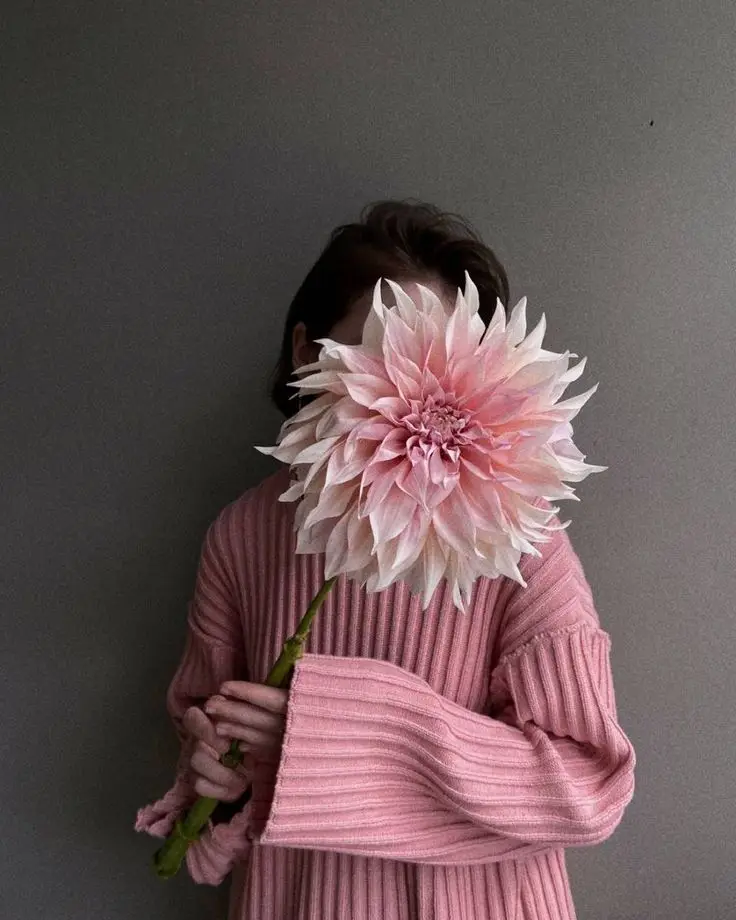

Key Takeaways
- Colors can influence your emotions and behavior significantly.
- Understanding color psychology can help you enhance your daily life.
- Choosing the right colors can improve your personal and professional environments.
Fundamentals of Color Psychology
Color psychology examines the impact of colors on emotions and behaviors. Understanding how different hues can evoke specific psychological responses is essential for various applications, from marketing to personal design choices.
Understanding Color Psychology
Color theory suggests that different colors can create distinct emotional responses. For example, blue often instills feelings of calmness and stability, while red can evoke excitement and urgency. These responses can vary based on personal experiences and cultural contexts.
Consider the following examples of colors and their typical associations:
- Red: Passion, energy, love
- Blue: Trust, peace, sadness
- Yellow: Happiness, optimism, caution
- Green: Growth, tranquility, safety
- Purple: Luxury, creativity, wisdom
By recognizing these associations, you can make informed decisions about color use in your environment.
Physiological Responses to Colors
Colors can also trigger physiological reactions. Studies show that certain hues can influence heart rate, blood pressure, and even metabolism. For instance, exposure to warm colors like orange can increase energy levels, while cooler shades like blue may promote relaxation.
Your body’s response to color is complex and can involve:
- Warm Colors: Increased heart rate, heightened alertness
- Cool Colors: Slower heart rate, decreased metabolism
Paying attention to these physiological effects can enhance your well-being through color selection in your surroundings.
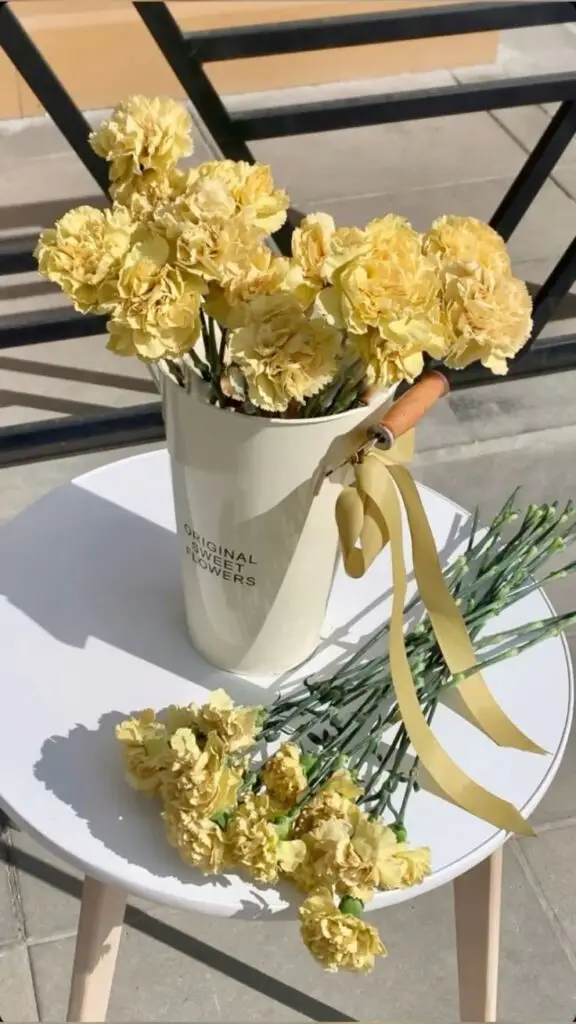
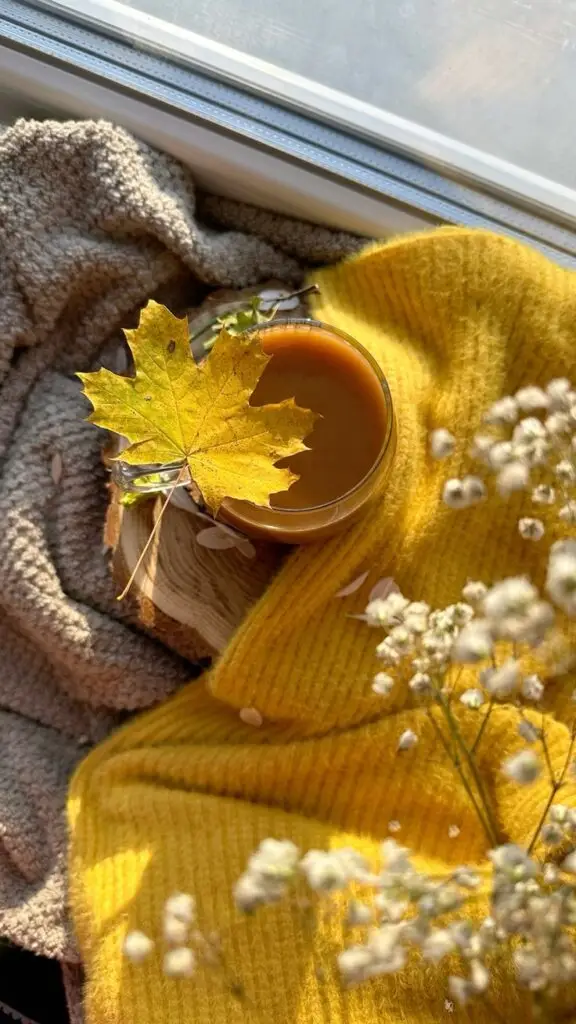

Emotional and Behavioral Influence
Colors can significantly impact your emotions and behaviors. Understanding these influences can help you make more informed choices in your daily life.
Emotions and Color Associations
Different colors evoke distinct emotional responses. For example, red often symbolizes excitement and passion, while blue is associated with calmness and trust. Yellow, a bright and cheerful color, can enhance feelings of happiness and optimism. Conversely, black might evoke feelings of sadness or sophistication, depending on the context. Recognizing these associations helps you create environments that align with your desired emotional state.
Impact of Color on Mood and Behavior
Colors can influence your mood and behavior in various ways. Bright colors like orange and yellow can increase energy levels, promoting enthusiasm and creativity. On the other hand, darker shades may evoke feelings of melancholy or contemplation. Studies suggest that the surrounding colors can affect productivity as well. For instance, a workspace painted in calming blue can enhance focus and effectiveness. Your emotional state can shift based on the colors around you, reinforcing the importance of color choice in your environment.
Color Preferences and Personalities
Your color preferences often reflect your personality traits. People who favor warm colors like red and orange might be more outgoing and social. In contrast, those who are drawn to cool colors such as blue and green may prefer tranquility and stability. Psychologically, these preferences can reveal insights into your emotional needs and behavioral tendencies. Understanding your color preferences can help you curate spaces and experiences that resonate with your intrinsic personality, enhancing your overall well-being.


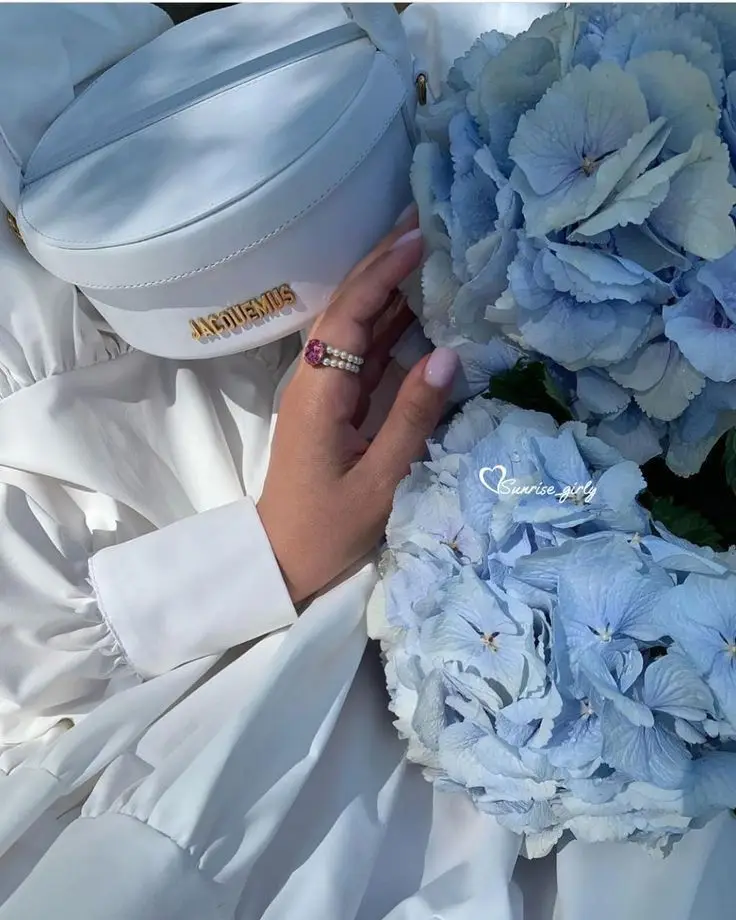
Color Application in Daily Life
Colors play a crucial role in various aspects of daily life, influencing well-being, consumer perceptions, and mental health. Understanding their applications can enhance environments and experiences.
Interior Design and Well-Being
In interior design, colors greatly influence mood and ambiance. Warm colors like red and orange can energize a space, making them ideal for social areas.
Cool colors, such as blue and green, promote calmness and relaxation, suitable for bedrooms or meditation rooms.
The choice of color can affect your well-being by enhancing feelings of comfort and safety. Incorporating colors that resonate with your personality also creates positive environments.
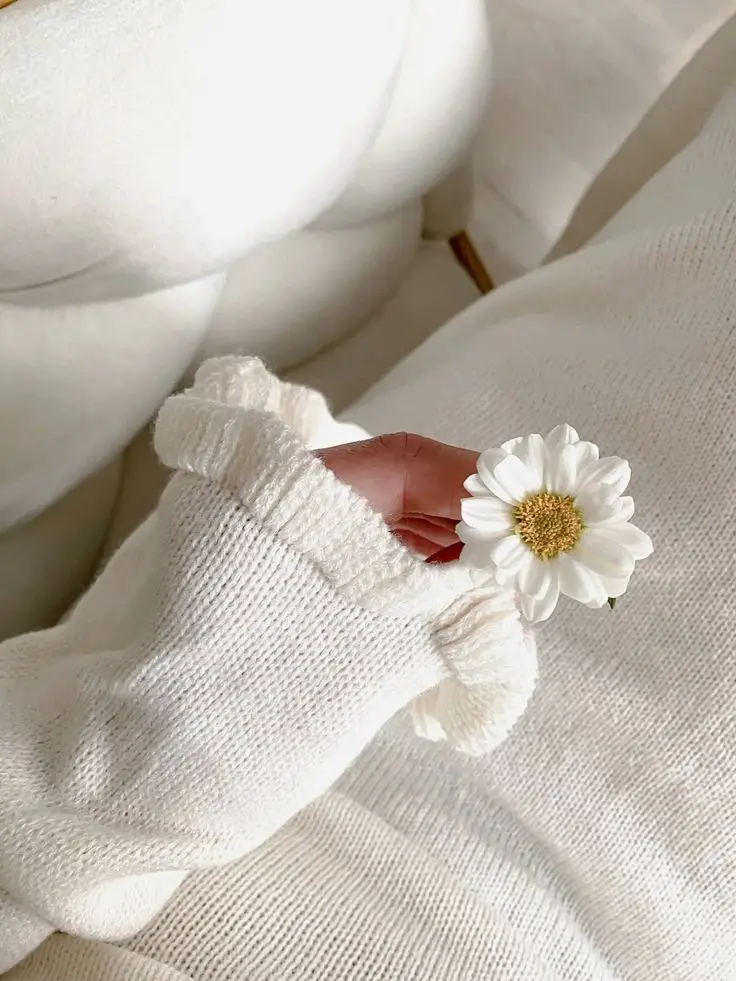
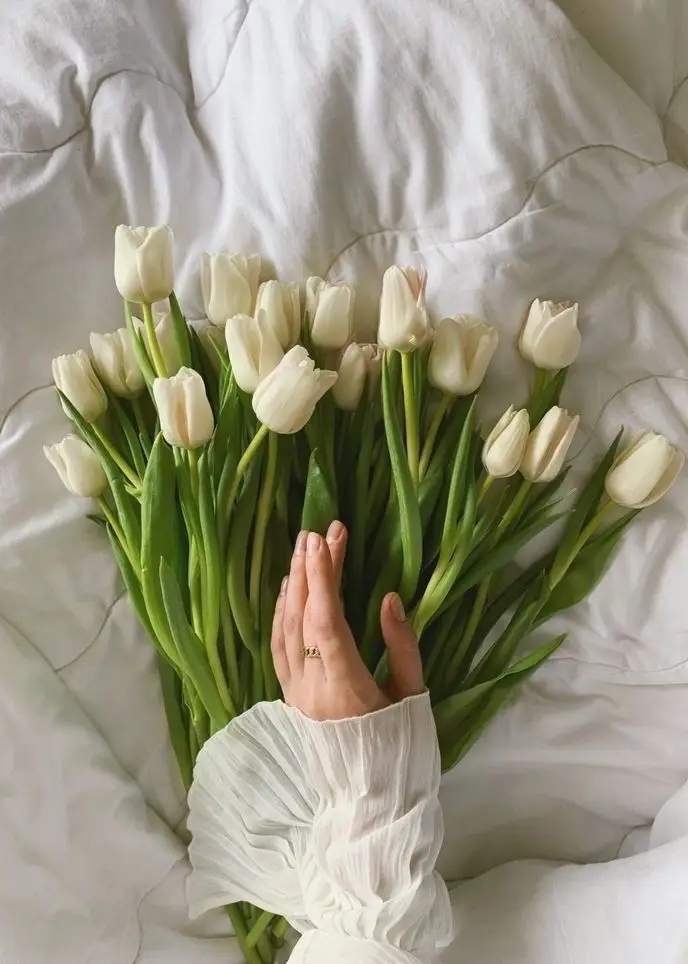
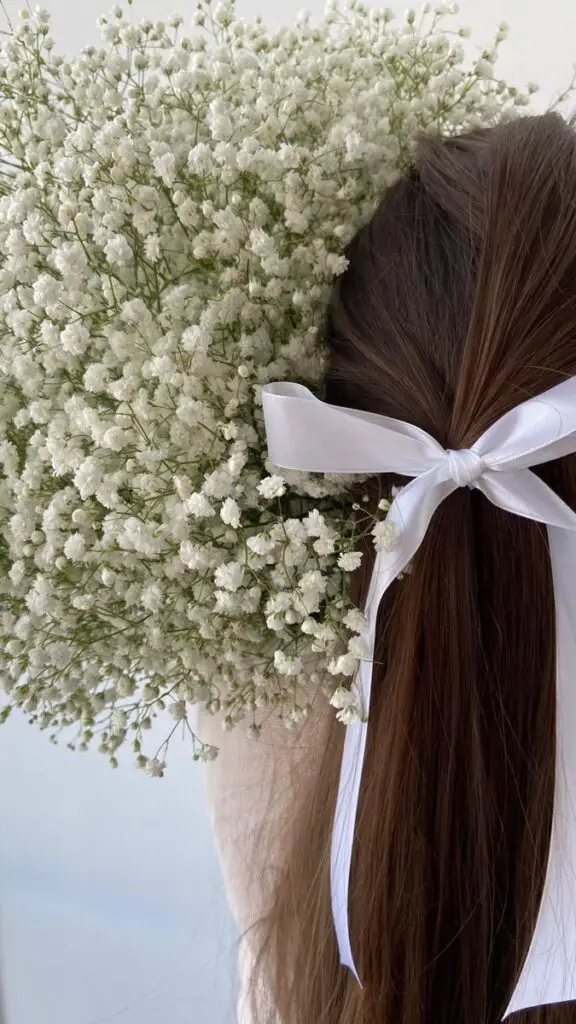
Branding and Marketing
Color is a powerful tool in branding and marketing. It communicates messages without words, guiding consumer behavior. For instance, red often conveys excitement or urgency, while blue evokes trust and reliability.
Companies use color psychology to shape perceptions and preferences. Consistent color use across branding strengthens brand recognition.
Color can also influence purchasing decisions; the right shade can make products more appealing.
Implications for Mental Health and Therapy
In mental health and therapy, color can be therapeutic. Certain hues are used deliberately to create specific emotional responses. For example, soft pastels can induce tranquility, aiding relaxation and stress relief.
Color therapy integrates these principles, helping individuals process emotions and experiences.
Environmental psychology supports this, suggesting that surroundings significantly impact mental well-being. Practitioners may recommend color changes in spaces to foster healing and positive mental states.

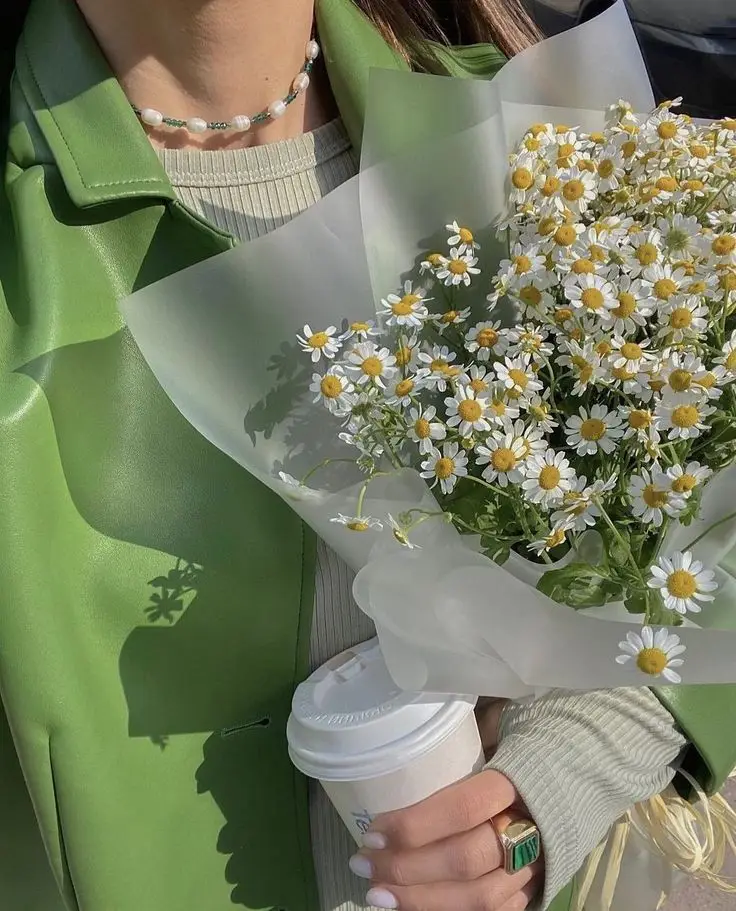

Evolving Trends in Color Dynamics
The relationship between color and human behavior is continually evolving, shaped by advancements in technology and growing awareness of environmental concerns. You may notice how your understanding of color is influenced by digital interactions and conscious design choices in various settings.
Digital Worlds and Blue Light
The emergence of digital technology has changed how you perceive color. Screens emit blue light, which can significantly affect your mood and cognitive function.
Frequent exposure to blue light is associated with increased alertness but can also lead to visual fatigue and disrupted sleep patterns.
Designers are now more aware of these effects, often opting for warmer tones in user interfaces to mitigate discomfort. Brands apply these considerations in advertising, creating visually appealing content that maintains viewer engagement without overwhelming sensory perception.
Sustainable Design and Color Choices
Growing awareness of environmental issues influences color choices in design. You may see an increase in the use of earthy and natural tones that reflect sustainability.
These colors often convey a sense of calm and connection to nature, enhancing the emotional appeal of products and brands.
Designers incorporate eco-friendly materials and practices that resonate with consumers seeking sustainable options. This trend can also be seen in advertising, where color palettes emphasize authenticity and responsibility, influencing your perception of a brand’s values.





